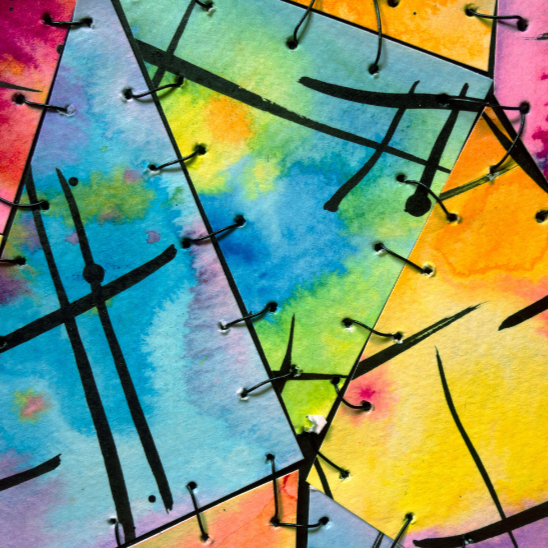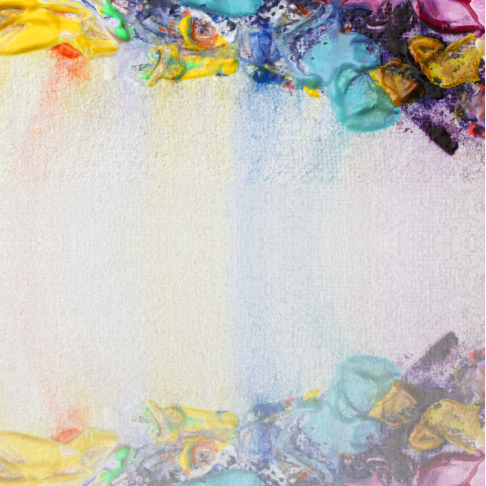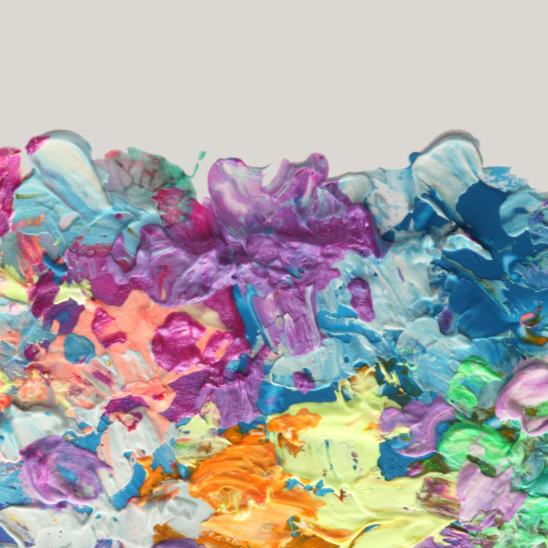What truth do you wish to unlock?
Children are smart. They are perceptive, intuitive, and wise to their environments. I appreciate this among my students — kindergarteners and first graders, especially, who are present for reading and writing skills sessions, yet break out math workbooks or simply request, “Let’s work on subtraction.”
Their tactics of subterfuge give us a lot to unpack. First, they are willing to learn and hungry to practice. Second, they are eager to demonstrate what they know and curious also to try new approaches. Third, they are quick to avoid tasks where they feel like they underperform, disappoint, or are “bad at spelling.”
This begs many questions, such as: What makes them feel like they don’t measure up? What makes a person bad at spelling? What makes a person good at spelling? These are questions I think need to be asked of children, and their responses not only taken to heart but respected as data that becomes evidence, that becomes practice.
In the interim, I can offer a hypothesis: Educational systems and measures are not set up to consider difference as a virtue, and when a child demonstrates skills that are outside the lines, the environmental response is that they are doing something wrong and need correcting. Instructional methods transmit information that students either repeat or perform toward a certain standard; the challenge occurs when their way of processing or executing the task defies normalized expectations. What I see in my students is that they know how to decode letters and words, they enjoy forming phrases and writing sentences, and they relish expressing their thoughts and ideas, yet they may do so in ways that are not conventionally acceptable. And by honoring convention instead of understanding and cultivating natural aptitude, we indicate to children that they are “bad.”
Thus, our work is to help and to heal, first by allowing young people to express who they are, what they can do, and how they do it, and then by listening to, and learning from, their experiences, and forging a new way forward that substantiates learning and communication differences and the unique value and skills of those identities.


One possibility is digital storytelling (DST), or a narrative approach that is centered on the philosophy that there are not problematic people but harmful cultural beliefs about how people are supposed to be or act (Brailas, 2021). Individuals could take part in DST in a variety of ways, such as community workshops, educational intervention programs in schools, or collaborative research projects (Brailas, 2021; Gubrium et al., 2016; Lenette et al., 2019), in which participants write, create, and produce first-person narratives into multi-modal digital forms. Digital stories unearth neglected voices, validate different perspectives, and convey critical messages (Brailas, 2021); thus, DST is a powerful intervention mechanism for marginalized populations who are adversely affected by ableist systems, media, and messaging (Gubrium et al., 2016; Lenette et al., 2019).
Facilitated as a group process, DST establishes social support, and in a safe, collaborative space, free to discuss issues of identity or stigmatized topics, people begin to recreate the narratives by which they live; hence, DST is a process that transcends understanding because “by changing our narratives, we change the world around us” (Brailas, 2021). In one instance, as a school-focused intervention aimed at raising students’ awareness of bullying and its consequences, student participants created comic strips, or digital stories that contain narrative and visual elements (Brailas, 2021). The positive effects of digital arts-based programs cross multiple disciplines, including education and learning, life and emotional skills, and social well-being (Gubrium et al., 2016). And because DST empowers individuals to realize new ways of acting, thinking, and knowing — and relating to each other — DST is a potentially powerful form of social activism (Brailas, 2021).
What I hope is that we can engage young people in the digital storytelling process and help children understand that not only is their story important, their story is their purpose. And then do everything we can to make sure those stories are amplified, truths elevated, and others enlightened.
References
Brailas, A. (2021). Digital storytelling and the narrative turn in psychology: Creating spaces for collective empowerment. Global Journal of Community Psychology Practice, 12(4), 1 – 19.
Gubrium, A.C., Fiddian-Green, A., Lowe, S., DiFulvio, G., & Del Toro-Mejias, L. (2016). Measuring down: Evaluating digital storytelling as a process for narrative health promotion. Qualitative Health Research, 26(13), 1787–1801.
Lenette, C., Brough, M., Schweitzer, R.D., Correa-Velez, I., Murray, K., & Vromans, L. (2019). ‘Better than a pill’: Digital storytelling as a narrative process for refugee women. Media Practice and Education, 20:1, 67-86.




